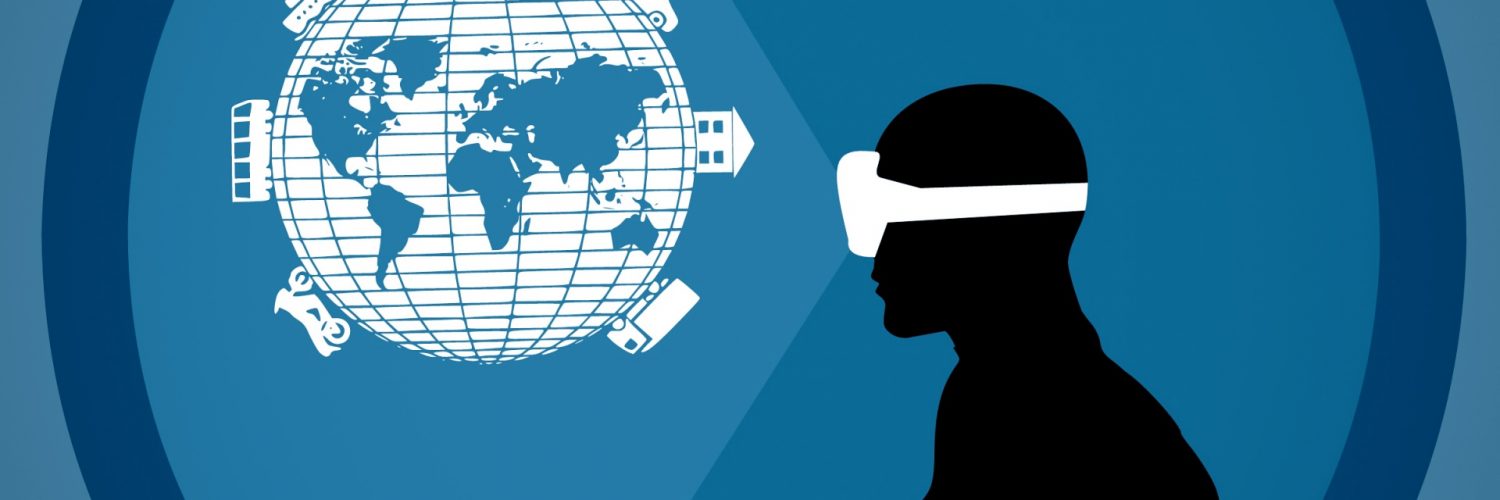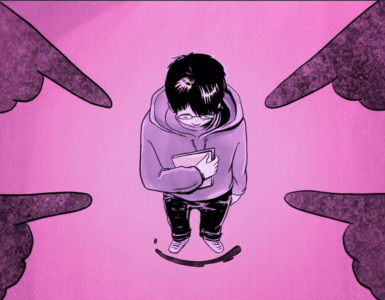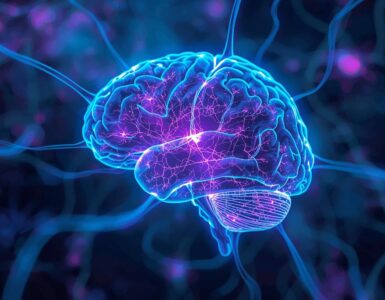Augmented Reality (AR) is an enhanced version of the physical, real-world reality. AR is created with elements that are superimposed by computer-generated or extracted from real-world sensory input such as sound, video, graphics or haptics (Schueffel 2017). This technology has created a challenging new scenario for traditional “real world” disciplines, including Intellectual Property (IP).
AR and IP come together at many points, including trademarks, patents and designs. To give insight into the challenges with IP and AR, this article will focus on copyright issues. We will briefly analyse three relevant copyright issues that developers should have in mind during the creation process of AR tools. The following examples show some of the many IP issues that organisations like ours, the Centre for Innovation, Leiden University, must tackle every day when creating AR applications for education.
Licenses of the code
The process of developing software (AR applications included) typically involves downloading and using pieces of code created by other developers or by companies that own the platform or hardware that will support an application (known as “toolkits”).
Because the law provides copyright protection specifically for the source code and object code of the software, a license will always be needed for using any external codes. Given this situation, open-source licenses have become the new industry standard in AR for education. However, developers should understand that there are different open-source licenses, and not all of them will be suitable for a project.
Open-source licenses fit primarily into two types: permissive (e.g. Apache and MIT license) or copyleft (e.g. GPL-3). Permissive licenses authorise nearly every act over the code without many restrictions. Copyleft licenses, on the other hand, require making the software available under the same copyleft license, therefore imposing obligations for sharing. So, when creating a new application, developers should be aware of the codes they are using and consider not only their technical compatibility but also the legal ramifications. A handy tool for understanding software licenses can be found here.

Virtual Objects
AR is based on placing virtual objects into real-life scenarios. These virtual objects are often graphic expressions of creative, original elements made by artists and/or professionals. In this case, special precaution should be taken by developers to avoid copyright infringement.
Beyond using original virtual elements, using real-life objects modeled into a 3D digital version within AR may also cause copyright challenges. This can happen if the (physical) object shaped into 3D has copyright protection. It is essential to remember that copyright does not consider the physical embodiment of the work (like a canvas, materials or technical media for example), but the work itself (being artistic, literary or scientific). Also, copyrighted material can be found in different forms of expression, such as videos, pictures, shapes of cars, architecture of buildings or sculptures. Please note that in the case of buildings and statues, some countries of the EU do not contemplate “Freedom of Panorama” or they do, but only for non-commercial purposes.

Adaptation of works
Adaptations bring up the most complex IP issues in AR. Using AR technology, it is possible to create (at least into the user’s eyes) altered versions of works that may be protected by copyright. A good example is the REBLINK exhibition from the Art Gallery of Ontario, where classic paintings can be seen in an innovative way using AR. In this case, however, a large number of the paintings were already in the public domain.
In this scenario, developers should be aware of any copyright that applies to the base works used in their projects. In that case, you will often need a specific authorisation (license) for adapting such work (See Berne Convention, Article 12). Additionally, in the European tradition, authors are entitled with the moral right (droit moral) to oppose the distortion, mutilation or similar modification of the work.

Conclusion
In conclusion, we would advise developers to always take time to thoroughly check the following information:
- Licenses of the codes selected and used in a project. These licenses need to be compatible with the goals of the end-software.
- Copyright protections of the virtual object used in the project. It is important to check both the virtual object and any real objects modeled into 3D.
- If the adapted scene will be affecting a work protected by copyright, ensure that you have the appropriate license or that you are acting within the exceptions and limitations established by law.
Editor’s note; Javier is the intellectual property counsel of the Centre for Innovation of Leiden University. He is an experienced lawyer from Chile in the field of IP and technology. In parallel, Javier is currently pursuing an Advanced LL.M on Law and Digital Technologies at Leiden University.

Author
Javier Aleuanlli Sánchez
Intellectual property counsel, Centre for Innovation, Leiden University












